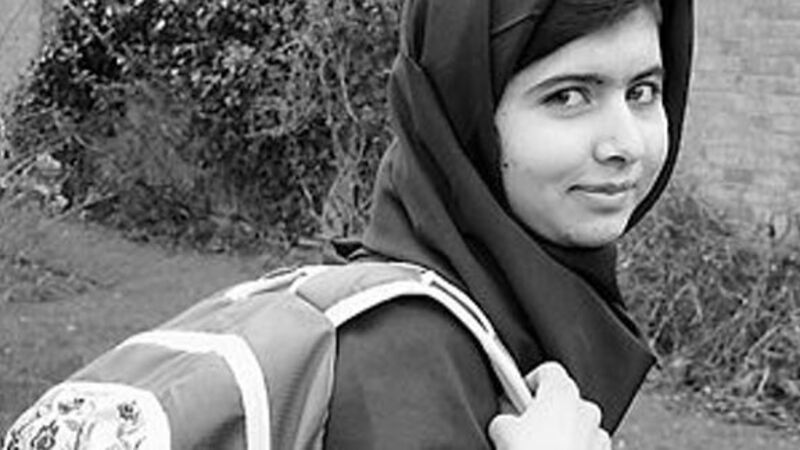The real private-school inequality is gender imbalance

So when a person of indiscernible gender, standing on the footpath, in a monkey suit — the furry kind, not the debs sort — waves furiously at the slow-motion vehicles, it gets attention.
‘Monkey’ wore a crisp, white t-shirt emblazoned with a website address. The service advertised was €15 an hour.














